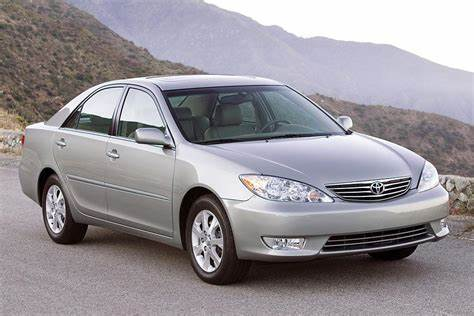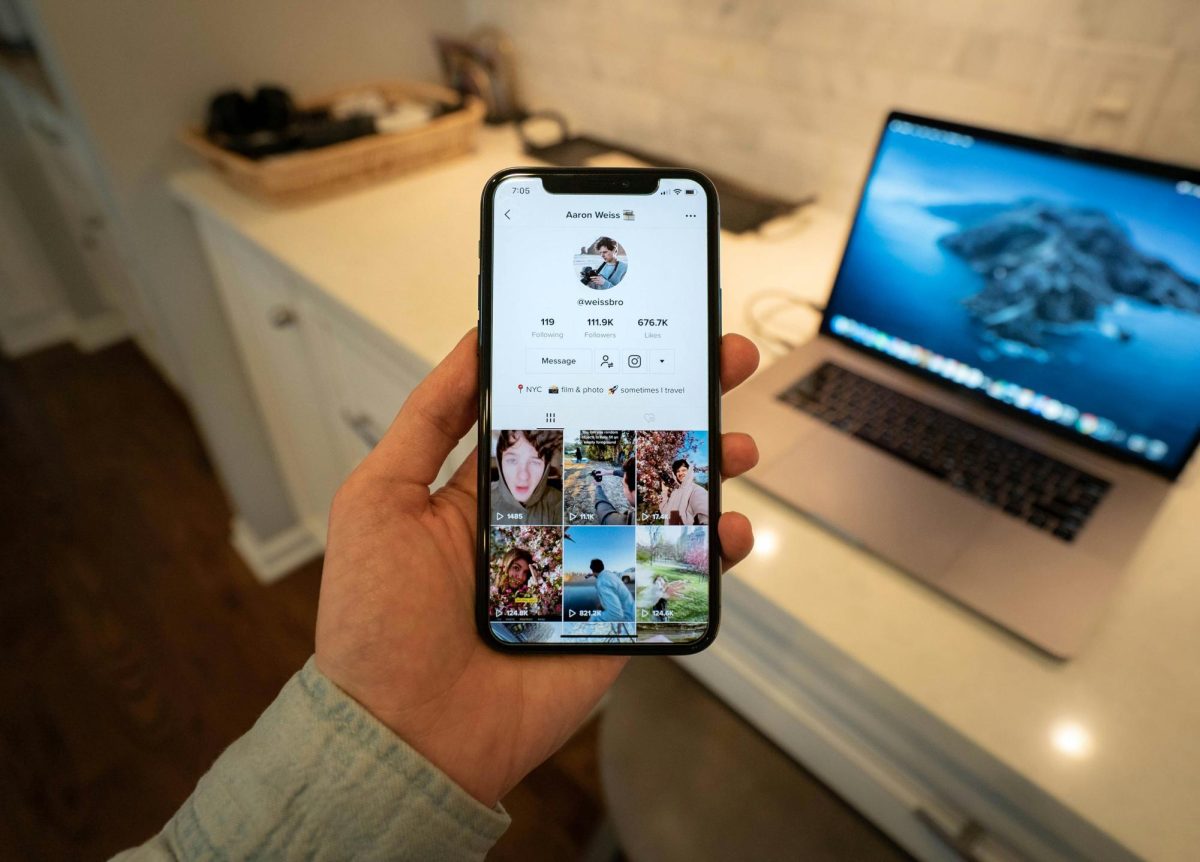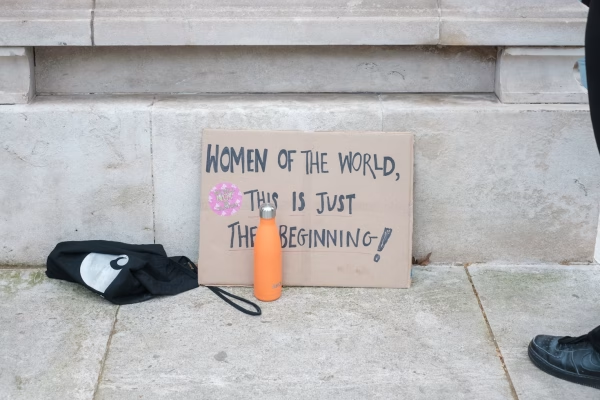Turn Down the Volume: Headphone’s Link to Hearing Loss

While being both a distraction from reality and a way to drown out background noise, headphones provide listeners with an easy escape from all around them to their own music. Nothing can be more appealing when trying to avoid awkward small talk or being ensnared in conversation by an egomaniac; however, these minuscule stereos are not as innocent as they seem. Wearing headphones for prolonged periods of time and on a high volume can permanently damage hearing despite age.
The standard headphones can emit sound as loud as 110 decibels which is equivalent to live rock music or a turbo-fan aircraft at takeoff power. Just below that, at 100 decibels are motorcycles, jackhammers, garbage trucks, and jet take-offs. There is no doubt that they have the power to roar, and this roaring can cause great damage. The article, “Headphones and Earphones Can Cause Permanent Hearing Loss” reflects on the changes in hearing loss today in writing, “A leading cause of hearing impairments used to be excessive noise exposure in the workplace, but today many young people are losing their hearing at alarming rates due to excessive noise exposure from portable stereo earphones.” Listening to loud music, a staple among youth, is catastrophic to hearing and only a walk away from developing tinnitus, consistent ringing in the ears and a symptom of hearing loss. The American Osteopathic Association asserts in their article, “Today, 1 in 5 teens will experience some form of hearing loss—a rate about 30% higher than it was 20 years ago.” Though typically associated with the elderly, hearing loss is now spreading to adolescents. It is clear that headphones can cause irreversible damage to hearing, and it follows individuals throughout their entire life. Precautions should be implemented to avoid any form of hearing loss.
Prevention is key when it comes to any illness, and hearing loss is included in this as well. The American Osteopathic Association advises in their article, “Headphones and Hearing Loss”, “…people should not exceed 60% when listening through headphones.” In addition to this, the Renaissance School of Medicine explains safe amount of exposure time when listening through headphones varies with the volume of music in writing, “At 95 dB, damage will occur after four hours of exposure per day. At 100 dB, damage will occur after two hours of exposure per day. At 105 dB, damage will occur after one hour of exposure per day. At 110 dB, damage will occur after 30 minutes of exposure per day. At 115 dB, damage will occur after 15 minutes of exposure per day. At 120-plus dB, damage occurs almost immediately.” It is important to be mindful of how loud the music one is listening to is when considering personal safety. In the end, it is up to the individual to decide when it is time to turn down the volume.
Whether blasting heavy metal or classical music, headphones’ characteristically loud stereos are labeled as the culprit for hearing loss that can be easily prevented. Unfortunately, once the path of hearing loss has begun, there is no turning back. Keeping the volume down can help listeners enjoy their music while keeping their health in mind. Further, noise-cancelling headphones can avert the temptation to turn the volume up to drown out the background noise. Overall, individuals should be alert to when too loud is too much.


























